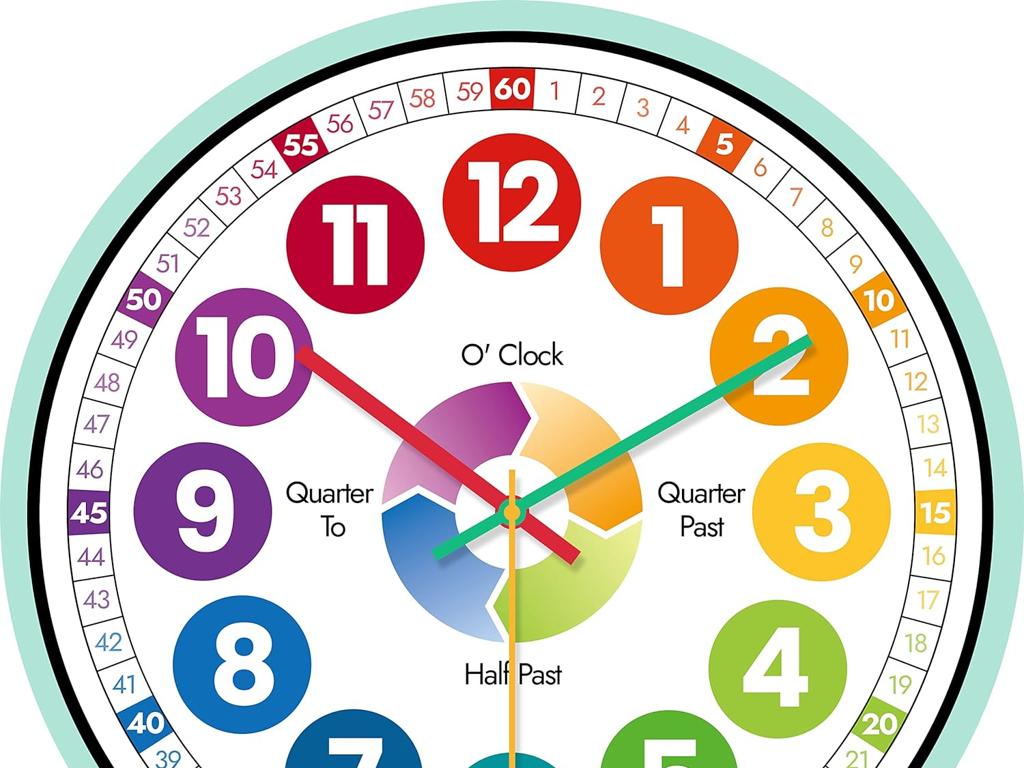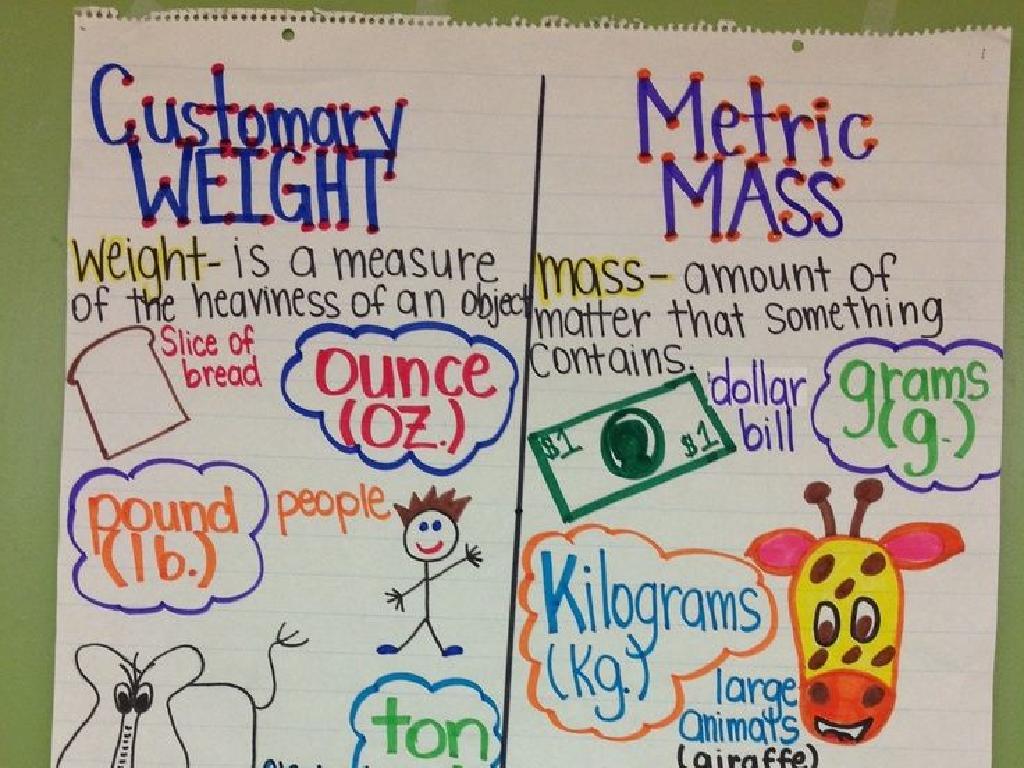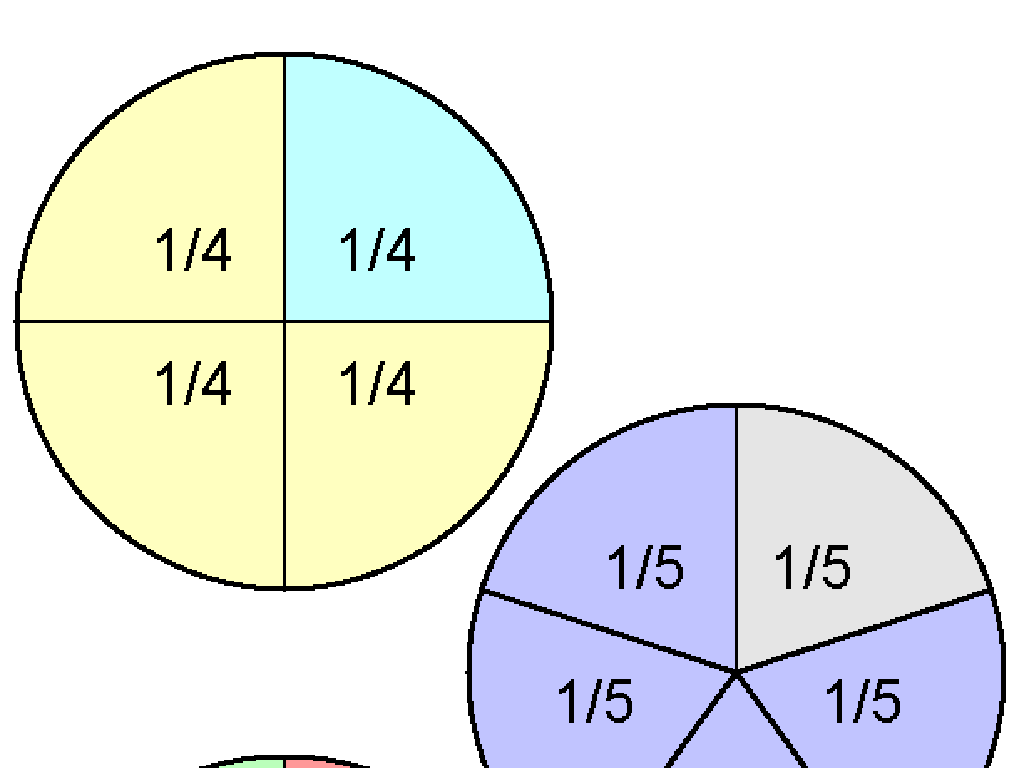Name Countries Of Africa: Region 1
Subject: Social studies
Grade: Sixth grade
Topic: Africa: Geography
Please LOG IN to download the presentation. Access is available to registered users only.
View More Content
Exploring Africa: Region 1 Geography
– Introduction to the African Continent
– Second largest continent with rich history and culture.
– Africa’s diverse geography
– Deserts, rainforests, savannas, and mountains.
– Focus on Region 1 countries
– Learn names, capitals, and facts about Region 1.
– Significance of learning these countries
– Understanding geography helps in appreciating cultural diversity.
|
Begin the lesson by introducing Africa as the world’s second-largest continent, highlighting its rich history and cultural significance. Discuss the various geographical features that make Africa unique, such as the Sahara Desert, the Nile River, and the Serengeti plains. Today’s focus will be on the countries of Africa’s Region 1, which may include North African countries or another specific subdivision, depending on the curriculum. Emphasize the importance of learning about these countries to gain a better understanding of the continent’s cultural and geographical diversity. Encourage students to take notes on the names and capitals of the countries discussed and to think about how geography can influence culture and daily life.
Exploring Africa: Region 1
– Definition of a region
– A region is an area with common features that set it apart.
– Significance of African regions
– Dividing Africa helps study its diverse geography & cultures.
– Region 1 geographical overview
– Region 1 includes countries like Egypt, Libya, and Tunisia.
– Cultural insights of Region 1
– Region 1 is known for its rich history and ancient civilizations.
|
This slide introduces students to the concept of regions and their importance in the study of geography and culture, specifically in Africa. A region is defined as an area distinguished by unique physical and cultural characteristics. Africa is divided into regions to facilitate a more detailed study of its diverse landscapes and the distinct cultures of its people. Region 1, often referred to as North Africa, includes countries such as Egypt, Libya, Tunisia, Algeria, Morocco, and Western Sahara. This region is characterized by its desert landscapes, Mediterranean coastlines, and historical significance due to ancient civilizations like the Egyptians. Encourage students to explore the unique attributes of Region 1, including its languages, customs, and historical landmarks.
Exploring Africa: Region 1 Countries
– List of Region 1 countries
– Countries include Egypt, Libya, Tunisia, Algeria, Morocco
– Highlighted map of Region 1
– Map to visualize location and borders
– Fun facts about each country
– Egypt: Home of the ancient pyramids, Libya: Has the largest proven oil reserves in Africa
– Engage with African geography
|
This slide aims to introduce students to the countries of Africa’s Region 1, which includes North African countries along the Mediterranean coast and the Sahara Desert. Display a map with these countries highlighted to provide a visual aid for students to locate and recognize each country. Share engaging facts, such as Egypt being the location of the ancient pyramids and Libya having significant oil reserves, to spark students’ interest in the region. Encourage students to explore more about these countries’ cultures, histories, and geographical features as part of their learning journey in understanding Africa’s diverse geography.
Physical Features of Africa: Region 1
– Major rivers, mountains, deserts
– Examples: Nile, Atlas Mountains, Sahara
– Influence on life and culture
– Geography shapes agriculture, settlements
– The Nile River’s role
– The Nile: transportation, fertile land
– Interactions with the environment
|
This slide aims to introduce students to the major geographical features of Africa’s Region 1, including rivers like the Nile, mountain ranges such as the Atlas, and vast deserts like the Sahara. Discuss how these features have historically influenced the development of cultures, economies, and lifestyles in the region. Highlight the Nile River as a key example, emphasizing its role in providing fertile land for agriculture, as a means of transportation, and its cultural and historical significance. Encourage students to think about how the physical environment affects their own lives and to compare it with the lives of those in Region 1 of Africa.
Cultural Highlights of Africa: Region 1
– Languages in Region 1
– Swahili, Amharic, and other local dialects
– Traditional attire and cuisine
– Kente cloth in Ghana; Injera in Ethiopia
– Region 1’s unique festivals
– Timkat in Ethiopia, Mombasa Carnival in Kenya
– Celebrations and their significance
– Understand the cultural importance of these events
|
This slide aims to give students a glimpse into the rich cultural tapestry of Africa’s Region 1. Start by discussing the variety of languages spoken, highlighting Swahili and Amharic as examples. Move on to traditional clothing, such as the Kente cloth from Ghana, and popular foods like Ethiopia’s Injera. Introduce students to significant festivals like Timkat in Ethiopia, which celebrates Epiphany, and the Mombasa Carnival in Kenya, which showcases the country’s cultural diversity. Emphasize the importance of these celebrations in preserving cultural identity and fostering community spirit. Encourage students to research more about the customs and traditions of the countries in Region 1.
Economic Activities in Africa: Region 1
– Main economic activities overview
– Agriculture, mining, tourism are key sectors
– Geography’s impact on economy
– Terrain, climate, resources shape economic pursuits
– Agriculture in Region 1
– Farming is prevalent due to fertile lands & favorable climate
– Mining and tourism significance
– Rich mineral deposits & cultural heritage attract mining & tourists
|
This slide aims to explore the various economic activities that dominate Region 1 of Africa, emphasizing how the geographical features of the region influence its economic landscape. Students should understand that agriculture thrives in areas with fertile soil and suitable climate, which are abundant in Region 1. Mining activities are often driven by the region’s rich deposits of minerals. Tourism is bolstered by the unique cultural and natural attractions of the region. Discuss examples of each economic activity and how they contribute to the region’s economy. Encourage students to think about how the physical geography of their own region affects the local economy for a comparative understanding.
Class Activity: Exploring Region 1 of Africa
– Interactive map labeling
– Group discussion on countries
– Share unique facts about each country
– Design a travel brochure
– Include geography, culture, attractions
– Present brochure to class
– Explain your brochure’s highlights
|
This activity is designed to engage students with the geography of Africa’s Region 1 through interactive and creative tasks. Start with an interactive map activity where students identify and label the countries. Then, move to a group discussion to share interesting facts about each country’s geography, culture, and main attractions. Next, students will create a travel brochure for a chosen country, which they will later present to the class. This will help them develop research skills and an appreciation for the diversity within Africa. For the teacher: Prepare a list of countries in Region 1, ensure access to research materials, and provide a brochure template or criteria. Encourage creativity and accuracy in the students’ work.






